
Mali in West Africa is officially known as the Republic of Mali. This is a landlocked country and the eighth-largest country in Africa. Bamako, the capital is a vibrant and active city. It is the largest in Mali. Here you can listen to West African samba and sample grilled plantains.
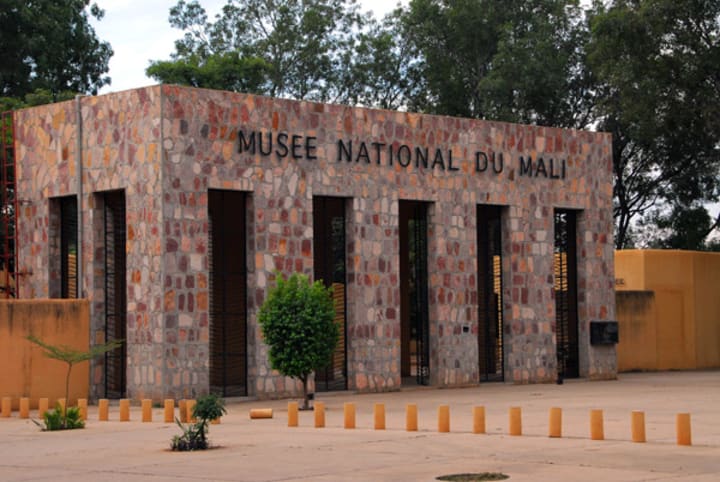
Visit the small but interesting Musee National. Here you can see on display lovely ethnographic pieces from many of Mali’s ethnic groups. There are wooden masks, carvings, contemporary marionettes, and ancient textiles. Visitors also delight in models of famous mud mosques. There are English-speaking guides available. At the gift shop, you can purchase books, postcards, refrigerator magnets, and handicrafts. Relax at the cafe and drink some refreshing ginger juice.

Visitors are impressed by the big and beautiful Grand Mosque of Bamako. The mosque is open for mid-day prayers. To enter you must be properly dressed and women covered from head to toe.
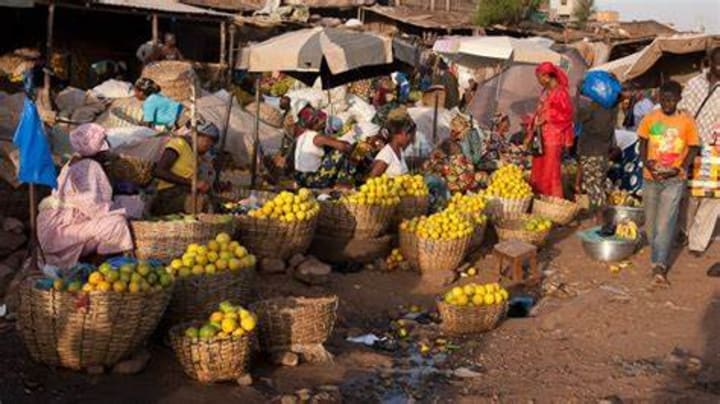
Take a look at the charming and colorful market Marche de Medina. This is a great place to buy second-hand clothes. Here you can get your hair braided and your hands and feet decorated with henna.
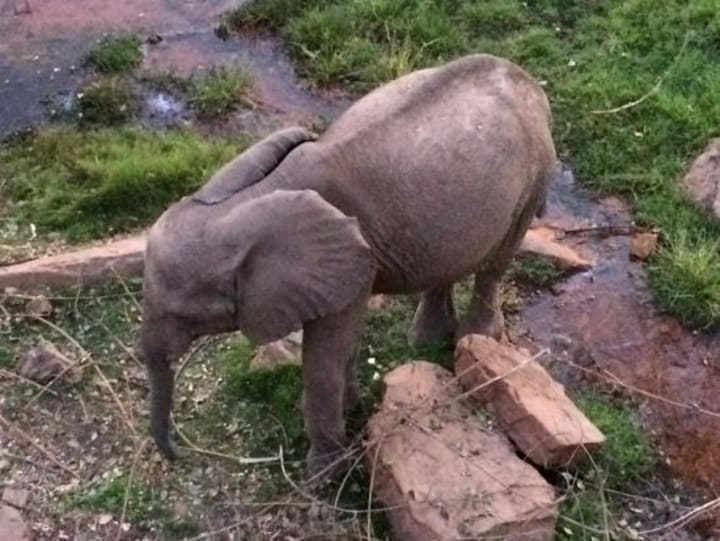
The National Zoo of Mali is a lovely park. It is home to many animals like lions, elephants, monkeys, turtles, ostrich, pelicans, and a variety of fish species. The interesting habitats include trees and hammocks for chimpanzees, a small forest and artificial river for lions, and natural habitats designed for deer, buffalo, and ostrich.
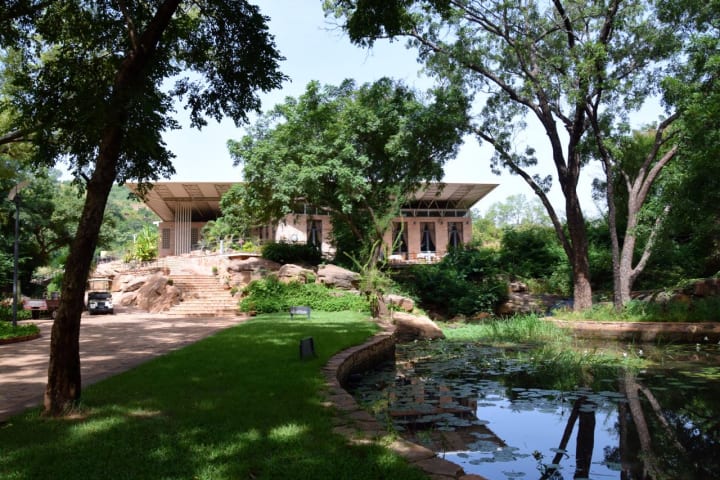
Nearby the zoo and the National Museum is the expansive Parc National du Mali. The park is a bit outside of the city center and is a great place to get away from it all and relax. Here you can go strolling, do outdoor exercise, and have picnics. There is a lovely stream flowing through the park. There are many cafes, food shacks, and a restaurant on the premises. The huge trees offer welcoming shade from the sun.
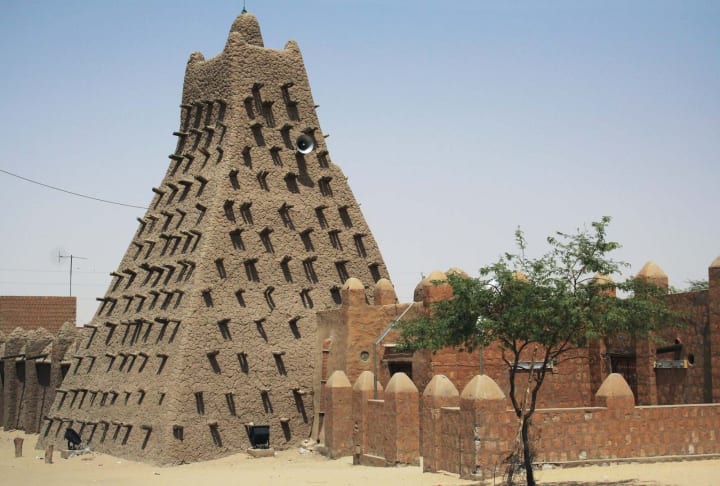
Exploring Mali
Timbuktu was the place where Berber traders and Bedouin caravan men came to when their journey across the great Sahara ended. Here you can see sand-covered streets, the Sankore Mosque and so much more.
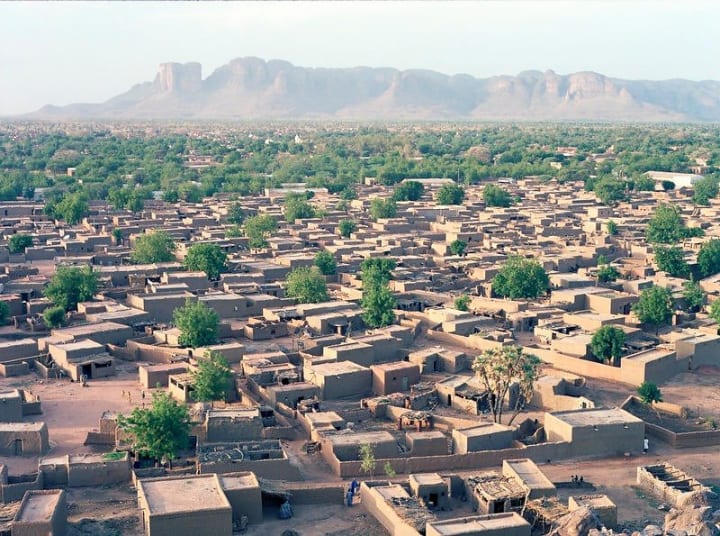
Gao was once the heart of the great Songhai Empire. Later the town was abandoned and the capital moved to Timbuktu. Then life continued and today you can see mud-brick-built yurts. Here visitors can visit craft markets, see the acclaimed Sahel Museum. and 15th-century sepulchers such as the Askia Tomb.

An impressive and historic city is Djenne. The city is known for its distinctive mud-brick architecture and it has a long history as a place on the old caravan routes across the Sahel and Sahara. The city boomed in the 15th and 16th centuries due to minerals and precious metals.

Mopti is one of Mali’s most important riparian ports. It has a strategic location where the Bani River meets the mighty Niger. It is also the gateway to the amazing tribal territories of Dogon, dotted with adobe villages and the semi-nomadic people of the Badiagara Escarpment. Here visitors can find many different trips offered such as treks into the wild hinterland for cultural knowledge, boat trips to Timbuktu, and sightseeing trips around marketplaces and grand central mosques.
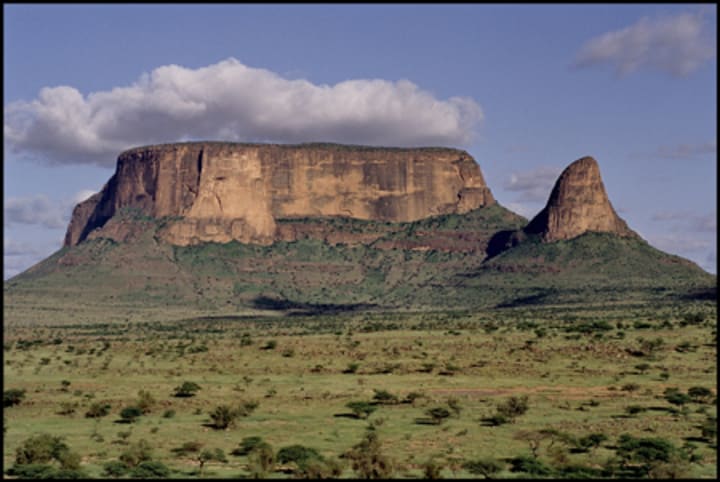
The great escarpment of rock known as Mount Hombori rises like a wall of ochre-hued stone in the Sahelian wilds of south-central Mali. It shadows the town of the same name. Here you’ll find winding alleyways and the low-rise rock homes of the Dogon people. Here visitors come to view the rock itself, take excursions into the sands and check you some of the newly unearthed caves.
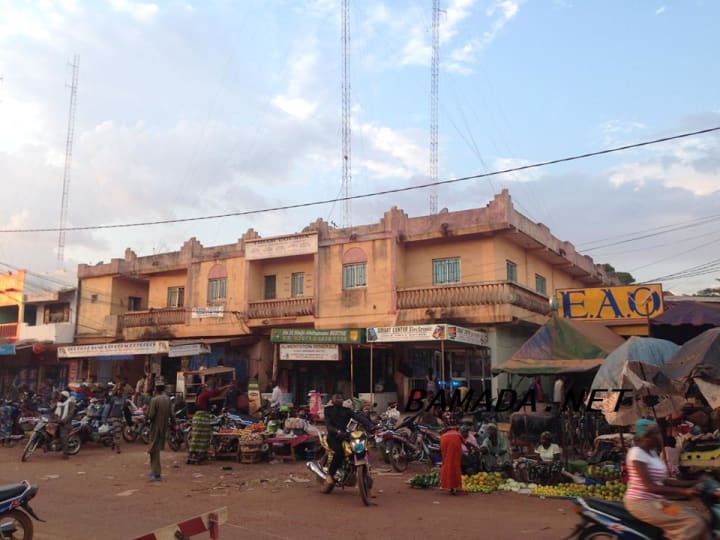
The mercantile town of Sikasso is most welcoming. It borders close to the multi-state join of Burkina Faso, the Ivory Coast, and Guinea. It helps to connect Africa’s landlocked countries with ports along the Atlantic seaboard. Here you’ll find fruit and vegetable markets. Here you’ll find Mamelon Hill.
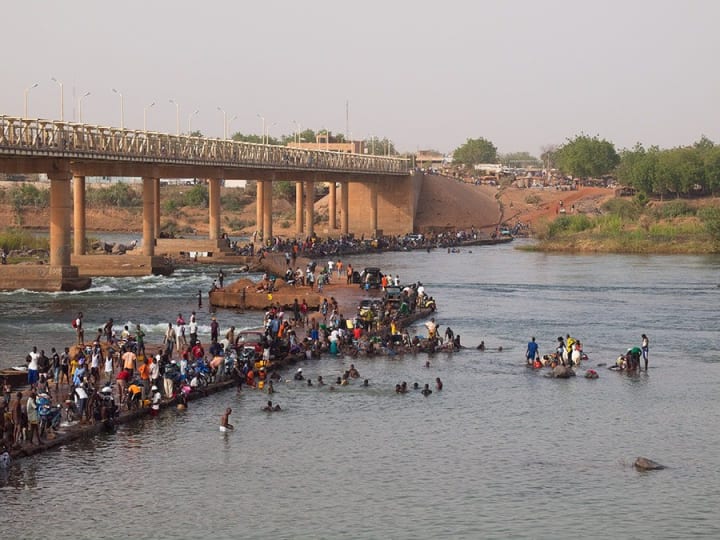
Arriving at the Senegal River visitors will find Kayes a bustling market town. It was built by the French in the 1880s and was the first place to facilitate the movement of produce to and from neighboring West African countries. Many interesting Parisian-style buildings.

Away from the town, you can enjoy Felou Falls, the roaring cataracts of the Gouina Falls, and the relics of Medina Fort.

The Boucle du Baoule National Park stretches for almost over one million hectares in the middle of the Sudano-Guinean zone of West Africa. This park is the jewel of the Malian hinterland. It is close to the town of Kayes. Here you can find rising ridges of Sahelian rocks and the remains of many pre-historic troglodyte settlements. You can expect to see giraffes and rare simians, gazelles, and at times lions.
About the Creator
Rasma Raisters
My passions are writing and creating poetry. I write for several sites online and have four themed blogs on Wordpress. Please follow me on Twitter.
Enjoyed the story? Support the Creator.
Subscribe for free to receive all their stories in your feed. You could also pledge your support or give them a one-off tip, letting them know you appreciate their work.


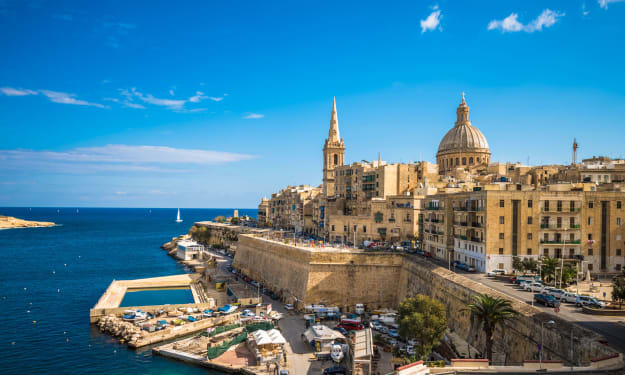



Comments
There are no comments for this story
Be the first to respond and start the conversation.